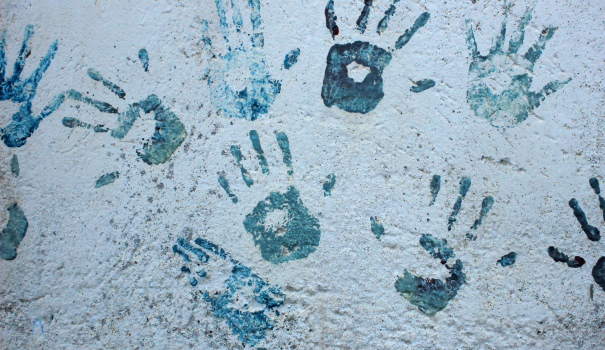
Residues - the Good the Bad & the Ugly
Numerous disinfectant products on the market today leave chemical residues — basically being known as what’s “left over” after the chemical disinfectant dries. While these residues are sometimes purposely left behind to act a “continuous kill” agent or biostat, unintentional residues can be a concern as they can attract dirt, harbor pathogen reservoirs, or hold corrosive chemicals in place, thereby deteriorating materials. In addition, there are significant health risks if the residue is absorbed through the skin including allergies, neurotoxins, reproductive interference, asthma, and others. Basically, we say around here, “if it's sticky it's tricky,” and should be used carefully if needed. When talking about “biostat”or long-term kill, it’s important to know the EPA does not recognize any disinfectant with extended kill for viruses including SARS CoV2 or COVID 19. This means that if your facility, a service company, or a disinfectant manufacturer is advertising a disinfectant will continue to kill COVID for any extended amount of time, this is a violation of EPA federal law.